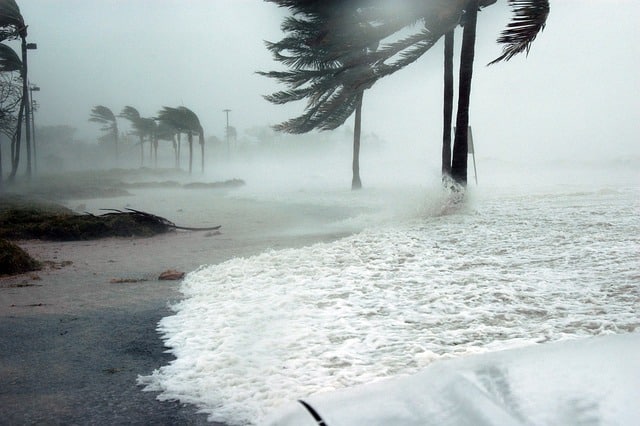Insurance coverage for hurricane damage is far more complicated in Florida than people perceive. There will be a deductible, but it will be much higher than for other types of claims. Special terms may apply.
Individuals will typically be covered for wind damage, even if its due to a hurricane. However, some insurers require clients to purchase a separate windstorm policy. Those with homeowner’s or renter’s insurance are discovering that insurers are shifting more of the financial burden for hurricane damage on them.
The change came about in 1992, following the category 5 Hurricane Andrew. To reduce their financial risk, insurers began including special hurricane deductibles in their policies and the deductible choices vary widely.
It’s imperative that individuals understand the coverage, deductibles, and exclusions in their policy. Those special hurricane deductibles can be a flat fee or a percentage that can cost as much as 10 percent of the total value of the policy. Some deductible choices don’t have to be offered if a home is insured for over a certain amount.
The special deductibles can be applied to wind and rain damage from a hurricane. If hurricane winds damage the roof and rain enters, individuals could be subject to an expensive hurricane deductible.
In many instances, insurance companies are taking the special deductible a step further whenever possible. Individuals are being charged the higher hurricane deductible for wind and/or hail damage, even if it wasn’t caused by a “named storm.” The criteria for triggering a hurricane deductible varies widely among insurers. In Florida, the storm must be a named hurricane for the insurer to apply the hurricane deductible.
People that experience more than one hurricane within the year in Florida must only pay the higher hurricane deductible once, provided they’re insured by the same company. Homeowners must also have paid the full amount of the original hurricane deductible and their “all perils” deductible.
